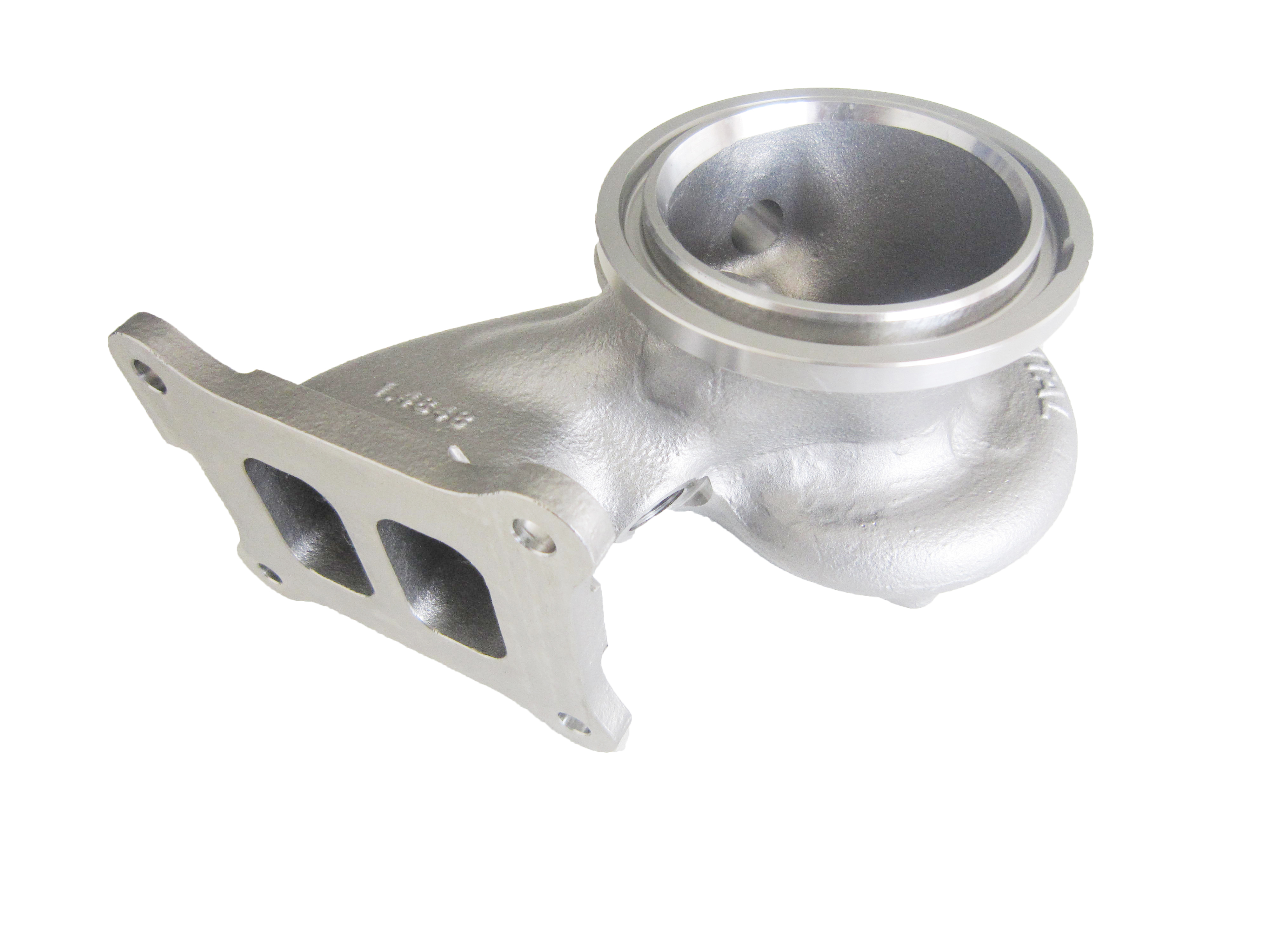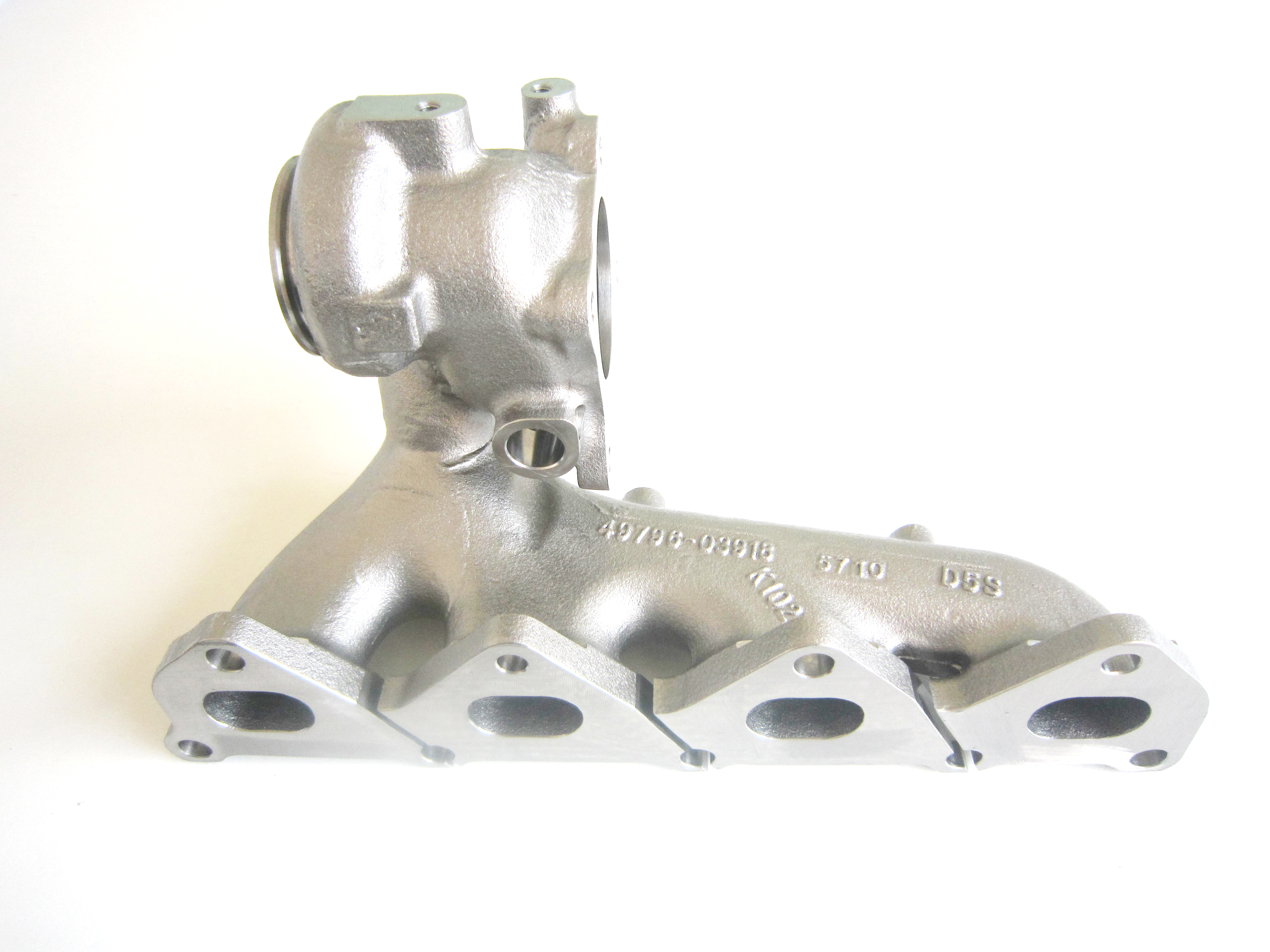A turbocharger
system ����� �������Ƴ������������ �������Ƴ������������ �������Ƴ�������is a green produc����� �������Ƴ������������ �������Ƴ����������� �������Ƴ������������ �������Ƴ�������t that is both energ����� �������Ƴ������������ �������Ƴ�������y-efficient and en����� �������Ƴ����������� �������Ƴ������vironmentally
fri����� �������Ƴ������������ �������Ƴ������������ �������Ƴ������������ �������Ƴ�������endly. Compared to ����� �������Ƴ������������ �������Ƴ�������a naturally aspirated ����� �������Ƴ������������ �������Ƴ������������ �������Ƴ������engine system, it b����� �������Ƴ������������ �������Ƴ������������ �������Ƴ�������rings many
advanta����� �������Ƴ������������ �������Ƴ�������ges such as in����� �������Ƴ������������ �������Ƴ������������ �������Ƴ�������creased engine����� �������Ƴ������������ �������Ƴ������������ �������Ƴ������������ �������Ƴ������� horsepower, reduced ai����� �������Ƴ������������ �������Ƴ������������ �������Ƴ������������ �������Ƴ�������r pollution, r����� �������Ƴ������������ �������Ƴ������������ �������Ƴ������educed
noise p����� �������Ƴ������������ �������Ƴ����������� �������Ƴ�������ollution and better high����� �������Ƴ������������ �������Ƴ������������ �������Ƴ������������ �������Ƴ�������-altitude performa����� �������Ƴ������������ �������Ƴ�������nce.
Turbochargers
����� �������Ƴ������������ �������Ƴ������������ �������Ƴ������������ �������Ƴ�������
work in high����� �������Ƴ������������ �������Ƴ������� temperature environme����� �������Ƴ������������ �������Ƴ�������nts. For diesel eng����� �������Ƴ������������ �������Ƴ������������ �������Ƴ�������ines the operati����� �������Ƴ������������ �������Ƴ������������ �������Ƴ�������ng
temperature����� �������Ƴ������������ �������Ƴ������������ �������Ƴ������� is normally 60����� �������Ƴ������������ �������Ƴ�������0 degrees Celsius. F����� �������Ƴ������������ �������Ƴ����������� �������Ƴ������������ �������Ƴ�������or petrol engines ����� �������Ƴ������������ �������Ƴ�������the operating����� �������Ƴ������������ �������Ƴ������� temperature
is between����� �������Ƴ������������ �������Ƴ������������ �������Ƴ������������ �������Ƴ������� 800 and 900����� �������Ƴ������������ �������Ƴ������������ �������Ƴ������������ �������Ƴ������� degrees Cel����� �������Ƴ������������ �������Ƴ������������ �������Ƴ������������ �������Ƴ�������sius. Th����� �������Ƴ������������ �������Ƴ������������ �������Ƴ������e
temperature can r����� �������Ƴ������������ �������Ƴ�������each as high ����� �������Ƴ������������ �������Ƴ�������as 900 to 950 degree����� �������Ƴ������������ �������Ƴ������������ �������Ƴ������������ �������Ƴ�������s Celsius for ����� �������Ƴ������������ �������Ƴ������������ �������Ƴ������engines in
specialized����� �������Ƴ������������ �������Ƴ������������ �������Ƴ������� vehicles. As the expe����� �������Ƴ������������ �������Ƴ������������ �������Ƴ������������ �������Ƴ������ctation for e����� �������Ƴ������������ �������Ƴ�������ngine perfor����� �������Ƴ����������� �������Ƴ������������ �������Ƴ����������� �������Ƴ�������mance rises,
t����� �������Ƴ����������� �������Ƴ������������ �������Ƴ�������urbocharger’s opera����� �������Ƴ������������ �������Ƴ�������ting temperature is����� �������Ƴ������������ �������Ƴ������� likely to get even����� �������Ƴ������������ �������Ƴ������������ �������Ƴ������� higher in the
future.
Because of its����� �������Ƴ������������ �������Ƴ������������ �������Ƴ������� highly specialized����� �������Ƴ������������ �������Ƴ������� use, materi����� �������Ƴ������������ �������Ƴ������������ �������Ƴ�������als used
for turbo����� �������Ƴ������������ �������Ƴ������������ �������Ƴ�������chargers must have t����� �������Ƴ������������ �������Ƴ�������he following chara����� �������Ƴ������������ �������Ƴ������������ �������Ƴ������cteristics:
1. Good high te����� �������Ƴ������������ �������Ƴ������������ �������Ƴ�������mperature
oxidation ����� �������Ƴ������������ �������Ƴ������������ �������Ƴ������������ �������Ƴ�������resistance: Becau����� �������Ƴ����������� �������Ƴ������������ �������Ƴ����������� �������Ƴ�������se turbochargers ne����� �������Ƴ������������ �������Ƴ����������� �������Ƴ������������ �������Ƴ�������ed to operate in con����� �������Ƴ������������ �������Ƴ������������ �������Ƴ����������� �������Ƴ�������stant high
t����� �������Ƴ������������ �������Ƴ�������emperature, the oxi����� �������Ƴ������������ �������Ƴ�������dation resistance grade ����� �������Ƴ������������ �������Ƴ������������ �������Ƴ������������ �������Ƴ�������of the materials used in����� �������Ƴ������������ �������Ƴ������������ �������Ƴ������� such
conditio����� �������Ƴ������������ �������Ƴ������������ �������Ƴ�������ns will directly a����� �������Ƴ������������ �������Ƴ�������ffect the product’s ����� �������Ƴ������������ �������Ƴ������������ �������Ƴ����������� �������Ƴ�������life expectancy. To ����� �������Ƴ������������ �������Ƴ�������improve the
anti����� �������Ƴ������������ �������Ƴ����������� �������Ƴ������������ �������Ƴ������-oxidation performanc����� �������Ƴ������������ �������Ƴ������������ �������Ƴ������������ �������Ƴ�������e, super alloy is c����� �������Ƴ������������ �������Ƴ������������ �������Ƴ������ommonly used.
2. Stable
m����� �������Ƴ������������ �������Ƴ������������ �������Ƴ�������icrostructur����� �������Ƴ������������ �������Ƴ�������e: The material used s����� �������Ƴ������������ �������Ƴ������������ �������Ƴ������������ �������Ƴ�������hould have li����� �������Ƴ������������ �������Ƴ������������ �������Ƴ������������ �������Ƴ�������ttle or no pha����� �������Ƴ������������ �������Ƴ������������ �������Ƴ������������ �������Ƴ�������se transformation
����� �������Ƴ������������ �������Ƴ�������across the tem����� �������Ƴ����������� �������Ƴ������������ �������Ƴ������������ �������Ƴ�������perature range of room ����� �������Ƴ������������ �������Ƴ������������ �������Ƴ����������� �������Ƴ�������temperature to operatin����� �������Ƴ������������ �������Ƴ�������g temperature. Othe����� �������Ƴ������������ �������Ƴ������������ �������Ƴ������������ �������Ƴ�������rwise
the pro����� �������Ƴ������������ �������Ƴ�������duct’s perform����� �������Ƴ������������ �������Ƴ����������� �������Ƴ������������ �������Ƴ�������ance and life expe����� �������Ƴ������������ �������Ƴ�������ctancy will deteriora����� �������Ƴ������������ �������Ƴ����������� �������Ƴ������te. Therefore����� �������Ƴ������������ �������Ƴ������������ �������Ƴ������������ �������Ƴ�������, it
is best to us����� �������Ƴ������������ �������Ƴ������������ �������Ƴ������������ �������Ƴ�������ed ferrite or ����� �������Ƴ������������ �������Ƴ������������ �������Ƴ������������ �������Ƴ�������austenite structur����� �������Ƴ������������ �������Ƴ�������e as the basis materia����� �������Ƴ������������ �������Ƴ������������ �������Ƴ������������ �������Ƴ�������l.
3.
Low c����� �������Ƴ������������ �������Ƴ�������oefficient of thermal����� �������Ƴ������������ �������Ƴ������������ �������Ƴ������������ �������Ƴ������� expansion: Low����� �������Ƴ����������� �������Ƴ������������ �������Ƴ������� coefficient of thermal ����� �������Ƴ������������ �������Ƴ������������ �������Ƴ�������expansion helps
to ����� �������Ƴ������������ �������Ƴ����������� �������Ƴ������������ �������Ƴ������reduce thermal stress an����� �������Ƴ������������ �������Ƴ�������d thermal deformati����� �������Ƴ������������ �������Ƴ������������ �������Ƴ�������on, which will in����� �������Ƴ������������ �������Ƴ������������ �������Ƴ������� turn result in better
����� �������Ƴ����������� �������Ƴ������������ �������Ƴ�������
product performan����� �������Ƴ����������� �������Ƴ�������ce and longer life expe����� �������Ƴ������������ �������Ƴ������������ �������Ƴ�������ctancy.
4.
Good ����� �������Ƴ������������ �������Ƴ������������ �������Ƴ������high-temperature stre����� �������Ƴ������������ �������Ƴ�������ngth: The material ����� �������Ƴ������������ �������Ƴ������������ �������Ƴ������������ �������Ƴ������used must meet th����� �������Ƴ����������� �������Ƴ�������e strength
require����� �������Ƴ������������ �������Ƴ�������ment under high opera����� �������Ƴ������������ �������Ƴ�������ting temperature.
5. Goo����� �������Ƴ������������ �������Ƴ������������ �������Ƴ������d
process performanc����� �������Ƴ������������ �������Ƴ������������ �������Ƴ������������ �������Ƴ�������e: While it is ����� �������Ƴ������������ �������Ƴ����������� �������Ƴ����������� �������Ƴ�������important to have good h����� �������Ƴ������������ �������Ƴ������������ �������Ƴ������������ �������Ƴ�������eat-resistance, due to
����� �������Ƴ������������ �������Ƴ������������ �������Ƴ�������
the product’s high stru����� �������Ƴ������������ �������Ƴ������������ �������Ƴ�������ctural complexity, ����� �������Ƴ������������ �������Ƴ�������high dimensiona����� �������Ƴ������������ �������Ƴ������������ �������Ƴ�������l accuracy and����� �������Ƴ������������ �������Ƴ������������ �������Ƴ������������ �������Ƴ������� surface
qu����� �������Ƴ������������ �������Ƴ������������ �������Ƴ������ality, the material u����� �������Ƴ������������ �������Ƴ������������ �������Ƴ����������� �������Ƴ������sed for the shel����� �������Ƴ������������ �������Ƴ�������l of turbochargers m����� �������Ƴ������������ �������Ƴ������������ �������Ƴ������������ �������Ƴ�������ust also have go����� �������Ƴ������������ �������Ƴ�������od
manufactu����� �������Ƴ������������ �������Ƴ������������ �������Ƴ�������rability.
We supply high ����� �������Ƴ������������ �������Ƴ������������ �������Ƴ������������ �������Ƴ�������quality turbine����� �������Ƴ������������ �������Ƴ�������
housings, c����� �������Ƴ����������� �������Ƴ�������enter housings a����� �������Ƴ������������ �������Ƴ������������ �������Ƴ�������nd EGR valves ����� �������Ƴ������������ �������Ƴ������������ �������Ƴ����������� �������Ƴ�������to turbocharger a����� �������Ƴ����������� �������Ƴ������������ �������Ƴ������������ �������Ƴ�������ssembly manufacturers.
����� �������Ƴ������������ �������Ƴ�������
Our products meet ����� �������Ƴ������������ �������Ƴ������������ �������Ƴ������������ �������Ƴ�������the various re����� �������Ƴ������������ �������Ƴ������������ �������Ƴ�������quirements of����� �������Ƴ������������ �������Ƴ������������ �������Ƴ������������ �������Ƴ������ turbochargers used ����� �������Ƴ������������ �������Ƴ������������ �������Ƴ������������ �������Ƴ�������in different
types of ����� �������Ƴ������������ �������Ƴ�������high-performance ����� �������Ƴ������������ �������Ƴ������������ �������Ƴ����������� �������Ƴ�������engines. Our produc����� �������Ƴ������������ �������Ƴ������������ �������Ƴ������������ �������Ƴ�������t material range incl����� �������Ƴ������������ �������Ƴ������������ �������Ƴ�������udes
heat-resistant����� �������Ƴ����������� �������Ƴ������� steel, high n����� �������Ƴ������������ �������Ƴ������������ �������Ƴ�������ickel alloy, silico����� �������Ƴ������������ �������Ƴ�������molybdenum, ductile����� �������Ƴ������������ �������Ƴ������������ �������Ƴ������� iron and
gray iron ����� �������Ƴ������������ �������Ƴ�������etc., all of which����� �������Ƴ������������ �������Ƴ������������ �������Ƴ������� have both high temper����� �������Ƴ������������ �������Ƴ������������ �������Ƴ�������ature performance and g����� �������Ƴ������������ �������Ƴ������������ �������Ƴ������������ �������Ƴ�������ood
process p����� �������Ƴ������������ �������Ƴ������������ �������Ƴ�������erformance.
With our strong ����� �������Ƴ������������ �������Ƴ�������technical
capabilit����� �������Ƴ������������ �������Ƴ������y and extensive ex����� �������Ƴ������������ �������Ƴ�������perience, we are able ����� �������Ƴ������������ �������Ƴ������������ �������Ƴ�������to quickly and ac����� �������Ƴ������������ �������Ƴ������������ �������Ƴ������������ �������Ƴ�������curately iden����� �������Ƴ����������� �������Ƴ������������ �������Ƴ�������tify
requirements ����� �������Ƴ������������ �������Ƴ�������and come up with so����� �������Ƴ������������ �������Ƴ������������ �������Ƴ�������lutions for o����� �������Ƴ������������ �������Ƴ�������ur customers. ����� �������Ƴ������������ �������Ƴ������������ �������Ƴ������������ �������Ƴ������We will also keep
inno����� �������Ƴ������������ �������Ƴ�������vating and continue to ����� �������Ƴ������������ �������Ƴ�������enforce quality co����� �������Ƴ������������ �������Ƴ������������ �������Ƴ�������ntrol for our produ����� �������Ƴ������������ �������Ƴ�������cts so that we c����� �������Ƴ������������ �������Ƴ������������ �������Ƴ�������an
always meet o����� �������Ƴ������������ �������Ƴ������������ �������Ƴ������������ �������Ƴ�������r exceed custom����� �������Ƴ����������� �������Ƴ����������� �������Ƴ������������ �������Ƴ�������er expectations.
































